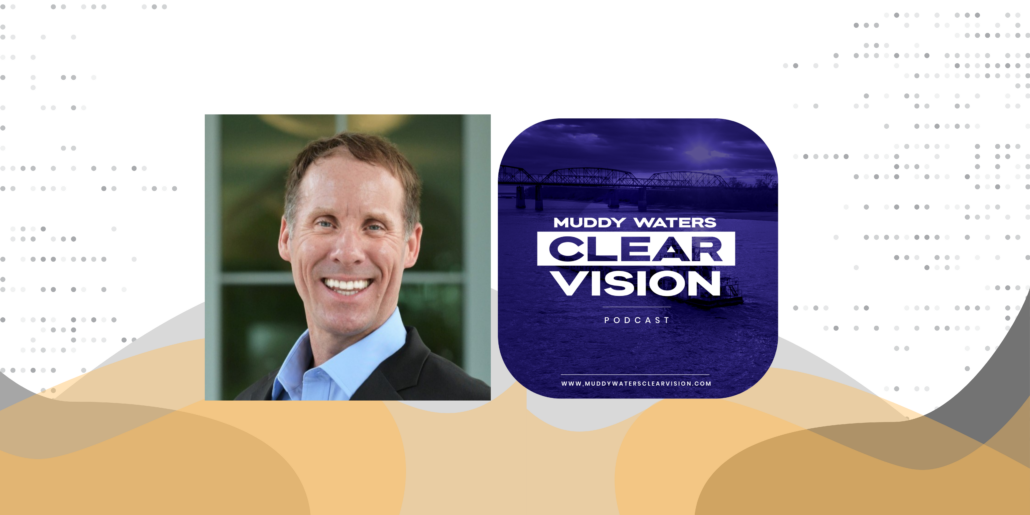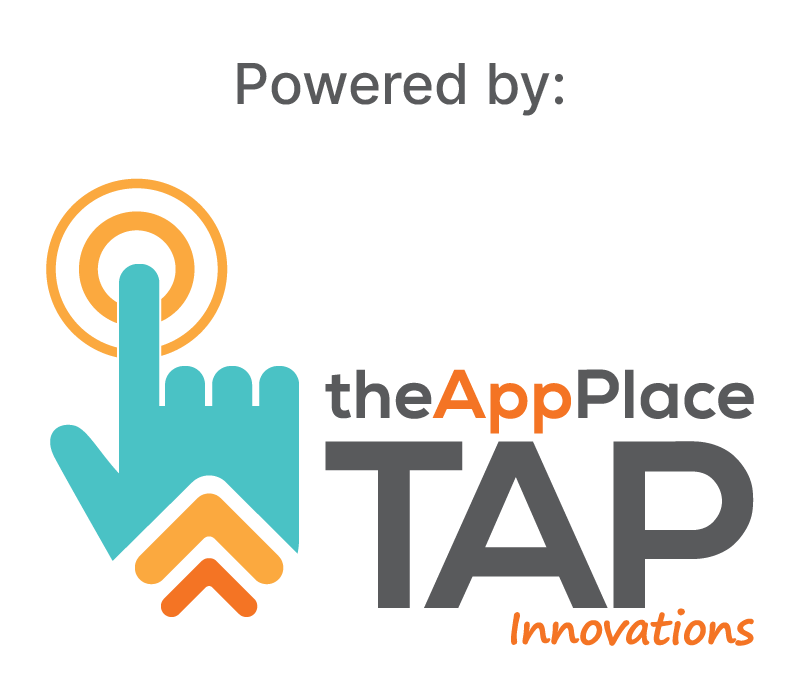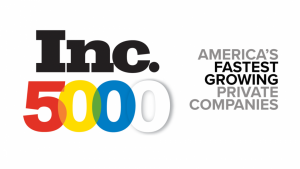In today’s fast-paced and interconnected business landscape, organizations strive to achieve greater efficiency and seamless operations across various departments. The Human Capital Management (HCM) software plays a pivotal role in managing critical employee information, from recruitment and onboarding to performance evaluation and offboarding. However, to harness the full potential of HCM solutions, businesses are increasingly recognizing the importance of integrating this software with other key business systems.
Synchronizing employee demographics by integrating HCM software with other business systems has emerged as a strategic imperative for organizations seeking to optimize their workforce management and decision-making processes. This integration goes beyond mere data consolidation; it empowers businesses to create a unified, comprehensive, and real-time view of their workforce, enabling them to make informed decisions based on accurate and up-to-date information.
In this paper, we explore the significant advantages of integrating HCM software with various business systems, such as Enterprise Resource Planning (ERP), Customer Relationship Management (CRM), Payroll, and Time and Attendance. By seamlessly sharing employee demographic data across these systems, companies can streamline their HR operations, improve data accuracy, and enhance overall organizational performance.
We will delve into the key benefits that businesses can gain from this integration, including enhanced data integrity, increased operational efficiency, better workforce planning, and improved compliance with regulatory requirements. Additionally, we will examine the technical considerations and best practices involved in successful integration, ensuring a smooth and seamless flow of information between different software solutions.
As organizations continue to evolve and adapt to the ever-changing business landscape, the synchronization of employee demographics through HCM integration becomes a critical enabler of success. By aligning their people processes with other core business functions, companies can unlock the true potential of their workforce and drive sustainable growth in the dynamic and competitive marketplace.
Join us on this insightful journey as we explore the transformative power of integrating HCM software with other business systems, and discover how forward-thinking companies are revolutionizing their HR practices to secure a competitive edge in the digital age.
Streamlined Workforce Management:
By integrating HCM software with other business systems such as ERP, CRM, and Payroll, organizations can centralize employee data. This ensures a single source of truth for all workforce-related information, eliminating data duplication and inconsistencies. Managers and HR personnel can access real-time data, enabling them to make informed decisions swiftly.
Enhanced Data Accuracy: Manual data entry across multiple systems can lead to errors and discrepancies. Integrating HCM software with other business systems enables automatic data synchronization, reducing the risk of data inaccuracies. This, in turn, leads to more reliable insights and analytics, fostering data-driven decision-making.
Improved Workforce Planning: A synchronized view of employee demographics enables HR departments to conduct more robust workforce planning and talent management strategies. Businesses can identify skill gaps, anticipate recruitment needs, and develop targeted training programs to nurture their talent effectively.
Efficient Onboarding and Offboarding: Integrating HCM software with other systems streamlines the onboarding and offboarding processes. New hires’ information can be seamlessly transferred from the recruitment platform to the HR database, automating the onboarding process. Likewise, employee departures can trigger automated offboarding tasks, ensuring data compliance and security.
Increased Operational Efficiency:
Eliminating manual data entry and redundant processes leads to improved operational efficiency. Integrating HCM software with other systems minimizes administrative burdens, allowing HR teams to focus on more strategic tasks, such as employee engagement, performance management, and talent development.
Enhanced Employee Experience: A synchronized HCM system facilitates a cohesive and personalized employee experience. When various business systems seamlessly share relevant data, employees can access their information easily, update personal details effortlessly, and engage with different HR processes seamlessly.
Compliance and Data Security: Integrating HCM software with other business systems ensures consistent adherence to data privacy and security regulations. Centralizing employee data with proper access controls reduces the risk of data breaches and unauthorized access, safeguarding sensitive employee information.
Real-time Reporting and Analytics: The integration of HCM software with other systems enables real-time reporting and analytics on workforce performance, productivity, and engagement. Organizations can gain valuable insights, identify trends, and predict potential HR challenges, allowing them to take proactive measures.
Seamless Payroll Processing: Integrating HCM software with payroll systems streamlines payroll processing. Employee salary information, tax details, and benefits can be seamlessly transferred, minimizing payroll errors and ensuring timely and accurate compensation.
Support for Remote and Mobile Workforces: In an increasingly remote and mobile work environment, integrated HCM systems support smooth access to employee information from anywhere and any device. This flexibility enhances the employee experience and promotes a dynamic and adaptable workforce.
ROI Factors for Employee Demographics Integrations with HCM Systems
ROI (Return on Investment) factors for synchronizing employee demographics by integrating HCM software with other business systems are varied and can impact multiple aspects of an organization. Here are some common ROI factors with related business stories illustrating their significance:
Time Savings and Efficiency Gains:
Integrating HCM software with other business systems streamlines data management and reduces manual efforts. This leads to significant time savings for HR personnel, allowing them to focus on more strategic tasks. For example, a multinational company streamlined its HR processes by integrating its HCM system with payroll and time tracking software. This integration reduced the time spent on data entry and reconciliation, enabling HR managers to concentrate on talent development and employee engagement initiatives, resulting in higher job satisfaction and lower turnover rates.
Data Accuracy and Compliance:
A synchronized HCM system ensures consistent and accurate employee data across various systems, enhancing data integrity and compliance with regulatory requirements. One company faced challenges with data discrepancies in employee records when using separate HR and payroll systems. After implementing HCM integration, data accuracy improved significantly, reducing payroll errors and compliance risks. This not only saved costs associated with rectifying errors but also safeguarded the company from potential penalties due to non-compliance.
Improved Workforce Planning and Decision-Making:
Access to real-time and integrated employee data empowers businesses to make data-driven decisions. A retail chain integrated its HCM software with workforce planning tools, allowing them to identify skill gaps and anticipate staffing needs more effectively. The ability to forecast staffing requirements and align hiring strategies resulted in reduced recruitment costs and better workforce allocation, contributing to increased profitability.
Enhanced Employee Experience and Productivity:
A synchronized HCM system provides a cohesive and personalized employee experience. For instance, a tech startup integrated its HCM software with learning management systems and career development platforms. Employees could access personalized training materials and career growth plans directly from their HR portal. This improved engagement, employee satisfaction, and productivity, leading to reduced turnover rates and recruitment expenses.
Streamlined Onboarding and Offboarding:
Integration between HCM and other systems simplifies the onboarding and offboarding processes. A manufacturing company integrated its HCM software with applicant tracking and payroll systems. As a result, when a candidate accepted a job offer, their details seamlessly transferred to the HR database and payroll, automating the onboarding process. This eliminated manual data entry errors, reduced administrative overhead, and accelerated the time-to-productivity for new hires.
Cost Savings in IT Infrastructure and Maintenance:
Integrating HCM software with existing business systems can result in cost savings by reducing the need for additional IT infrastructure and maintenance. A mid-sized company integrated its HCM system with the ERP system, avoiding the cost of setting up and maintaining separate databases. The integration also decreased the need for extensive IT support, leading to cost efficiencies and a more streamlined IT environment.
Seamless Remote Work Support:
Integration enables remote access to employee data, which is crucial in today’s remote work environment. A professional services firm integrated its HCM system with cloud-based collaboration tools. This allowed HR managers to securely access employee data and collaborate with team members remotely, facilitating efficient HR operations regardless of physical location.
Case Studies and Examples of Employee Demographics Integrations with HCM Systems
At TAP Innovations, we take pride in our expertise in custom integration solutions, helping organizations achieve seamless synchronization of employee demographics by integrating HCM software with other business systems. Here are some real-world case studies showcasing the successful implementation of HCM integration for various clients:
Hamra Management Company (Panera Bread): Industry: Food & Beverage, Franchise, Restaurant, Fast Food
Hamra Management Company, a prominent Panera Bread franchisee with 70 locations nationwide, sought to implement the Paycor HR system. However, they needed to ensure seamless connectivity with their existing Panera Bread system to synchronize employee data and changes. TAP Innovations stepped in to create a robust integration solution that facilitated real-time data exchange between the two systems. As a result, Hamra Management Company streamlined HR operations, reduced data entry efforts, and improved overall workforce management efficiency.
Honeygrow: Industry: Food & Beverage, Franchise, Restaurant
Honeygrow, LLC, a popular fast-casual restaurant chain with 25 locations in Philadelphia, faced challenges in streamlining employee punch data across multiple restaurants and business systems. TAP Innovations provided an integration solution that harmonized employee data across various locations, enabling real-time updates between their HR system and business software. The seamless integration allowed Honeygrow to efficiently manage time and attendance records, leading to increased operational efficiency and enhanced employee satisfaction.
Local Favorite Restaurants Group: Industry: Food & Beverage, Franchise, Restaurant
Local Favorite Restaurants operates a collection of distinctive restaurants with 50 locations across the United States. They needed to manage employee data in multiple systems, including the WiseTail learning management system. TAP Innovations designed a tailored integration solution that facilitated centralized data management and updates across their HR and learning management systems. This integration streamlined employee training and development processes, ensuring consistent and effective learning experiences for employees across all locations.
The Kitchen Restaurant Group: Industry: Food & Beverage, Franchise, Restaurant
The Kitchen Restaurant Group, based in Boulder, CO, required centralized employee records and data management across its various restaurant sites. Launching Paycor as their HR system of choice, they engaged TAP Innovations to implement an integrated solution. The result was a seamless synchronization of employee data, enabling The Kitchen Restaurant Group to optimize HR processes, enhance workforce planning, and improve decision-making.
Urban Air Adventure Park: Industry: Hospitality, Entertainment, Adventure, Education, Kid Programs, Youth Programs
Urban Air Adventure Parks operate nearly 200 trampoline park locations across the United States. Facing challenges with integration capabilities between their newly implemented Paycor HR system and existing learning management system, they turned to TAP Innovations for a customized integration solution. By bridging the gap between the two systems, Urban Air Adventure Park achieved better workforce management, streamlined employee data handling, and improved the overall employee experience.
These case studies demonstrate the transformative power of synchronizing employee demographics through HCM integration. With TAP Innovations’ expertise, these organizations experienced increased efficiency, reduced manual efforts, enhanced compliance, and better decision-making. The success stories of these clients stand as a testament to the significant impact that a well-executed HCM integration can have on streamlining HR operations and driving organizational success.
Key Takeaways:
Integrated employee demographics lead to streamlined workforce management and improved data accuracy.
Real-time access to comprehensive workforce information empowers data-driven HR practices.
Prioritize data security and compliance to safeguard sensitive employee information.
Choose an experienced integration partner like TAP Innovations to ensure seamless and efficient integration.
Embrace agility and adaptability to stay ahead in a dynamic business landscape.
Contact TAP Innovations today for a free assessment of your HR integration needs! Unlock the transformative power of synchronized employee demographics and revolutionize your HR practices for lasting success. Embrace the future of HR management with TAP Innovations as your trusted integration partner.









